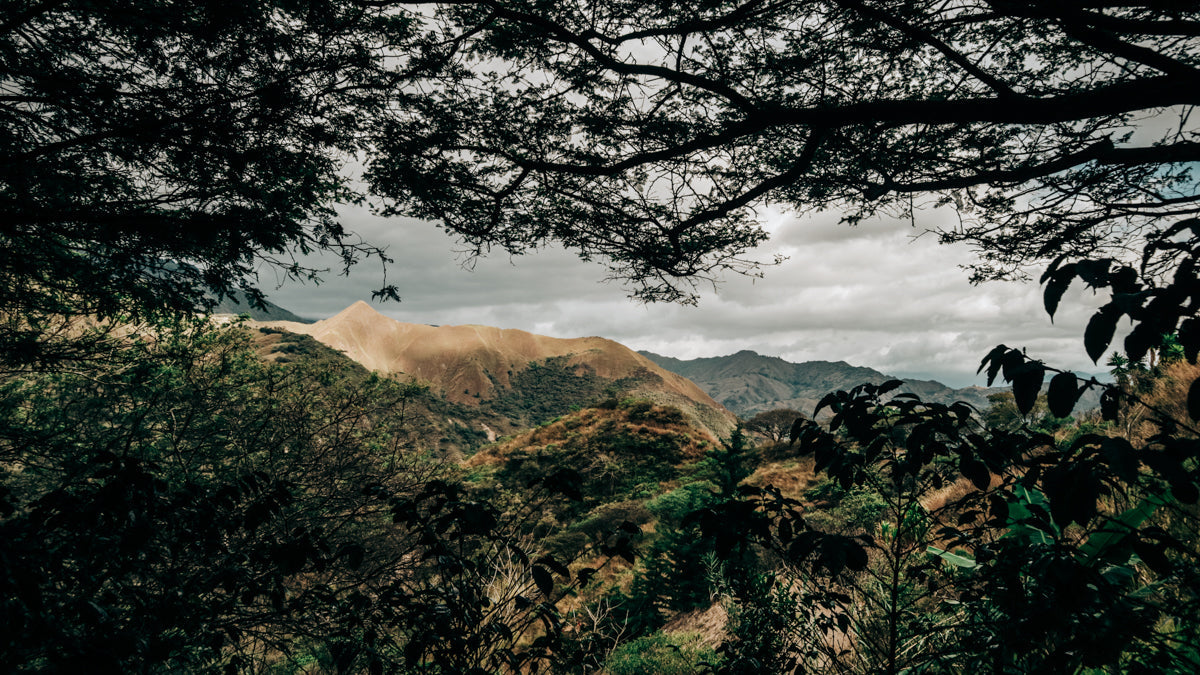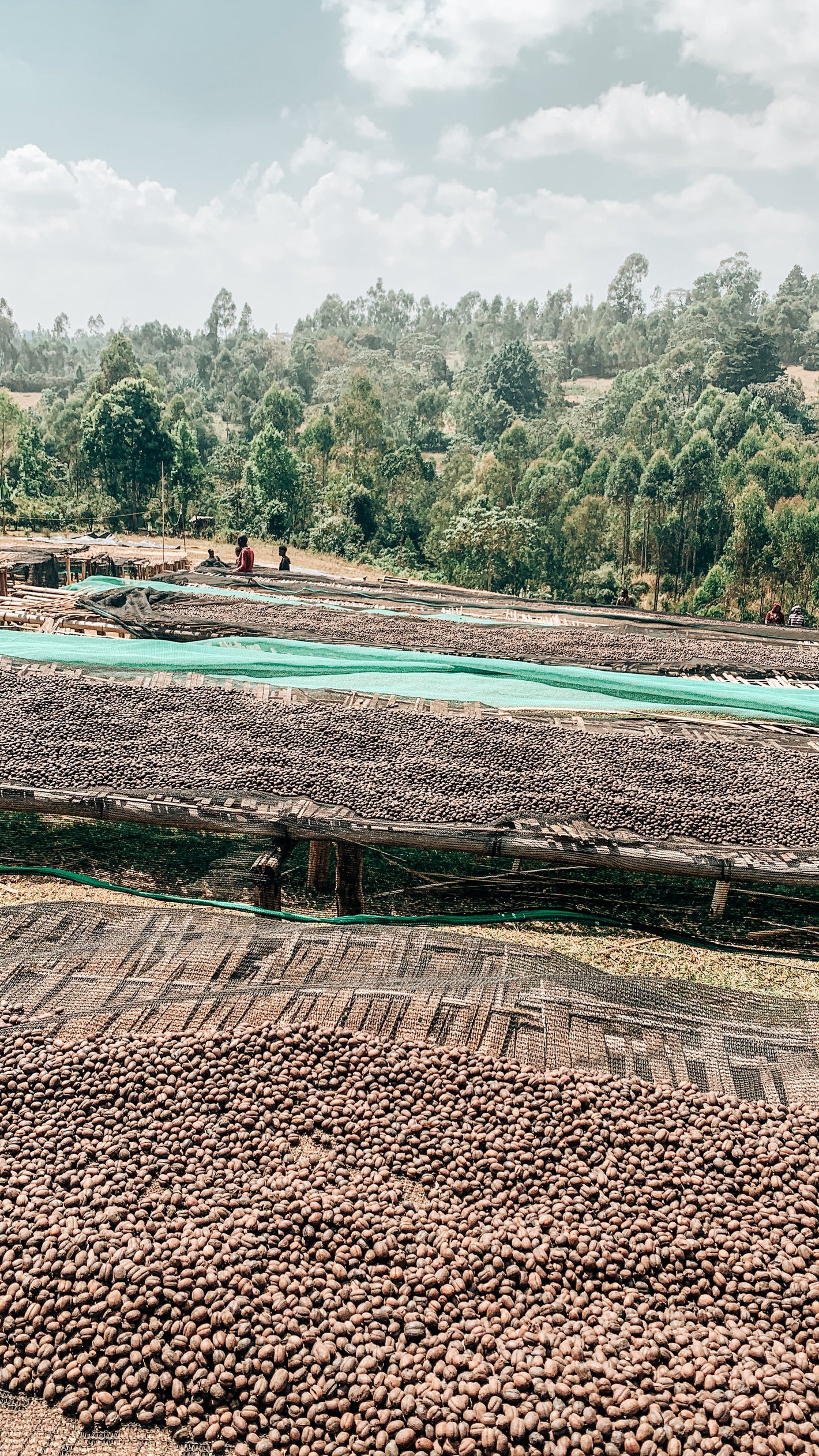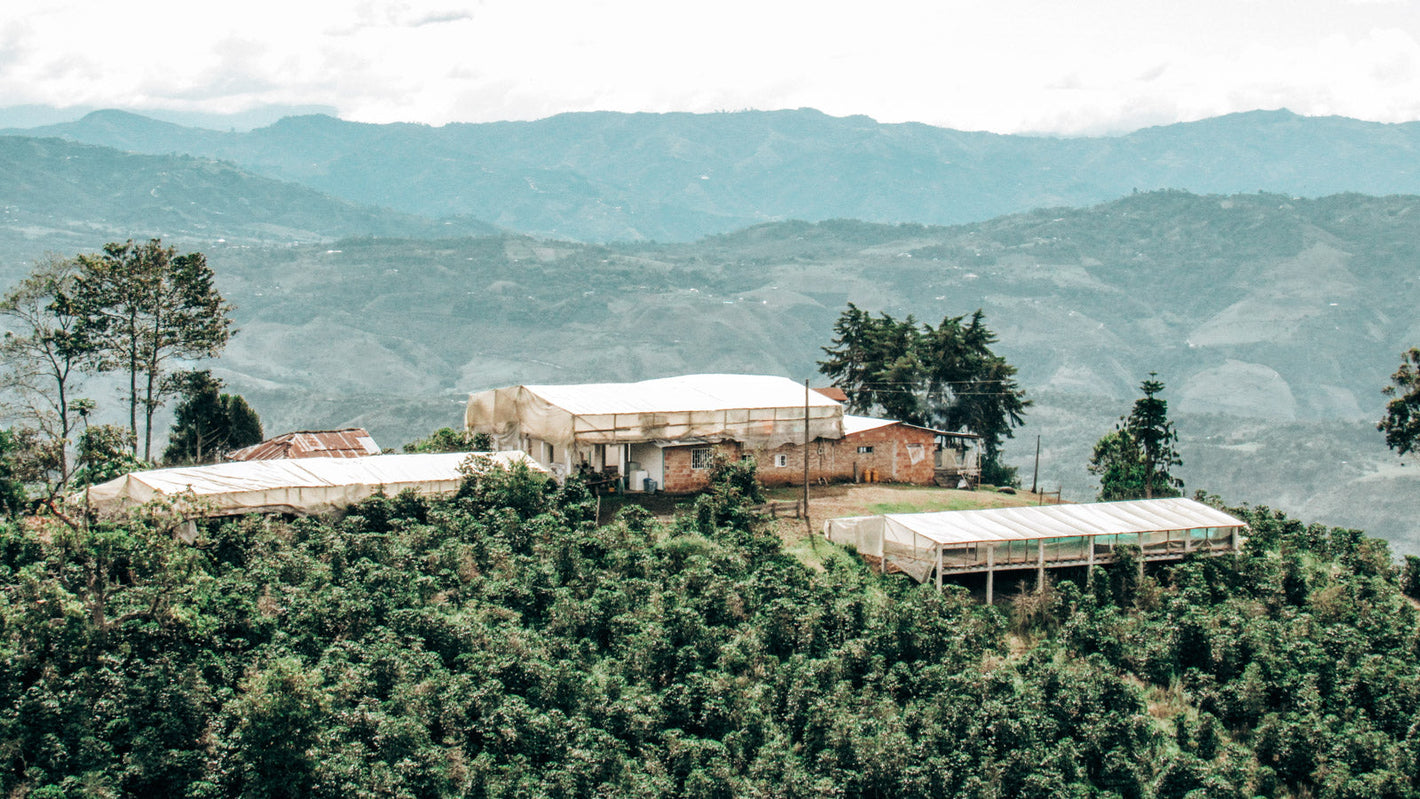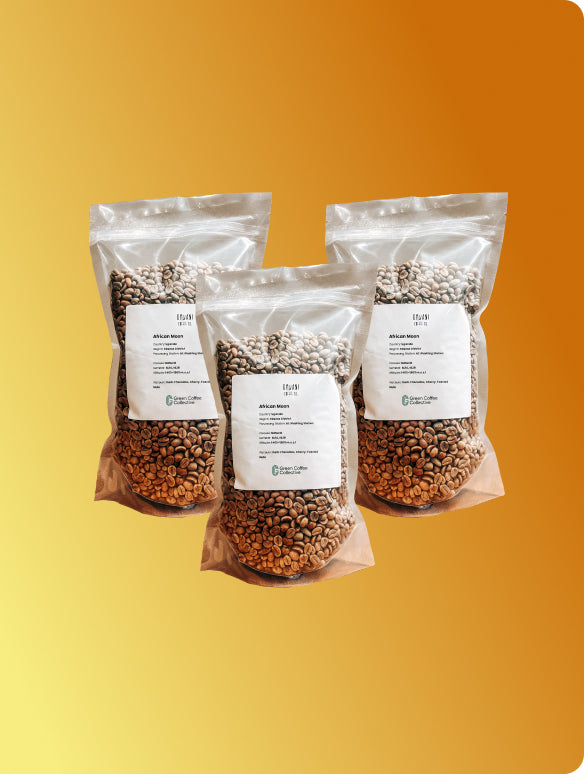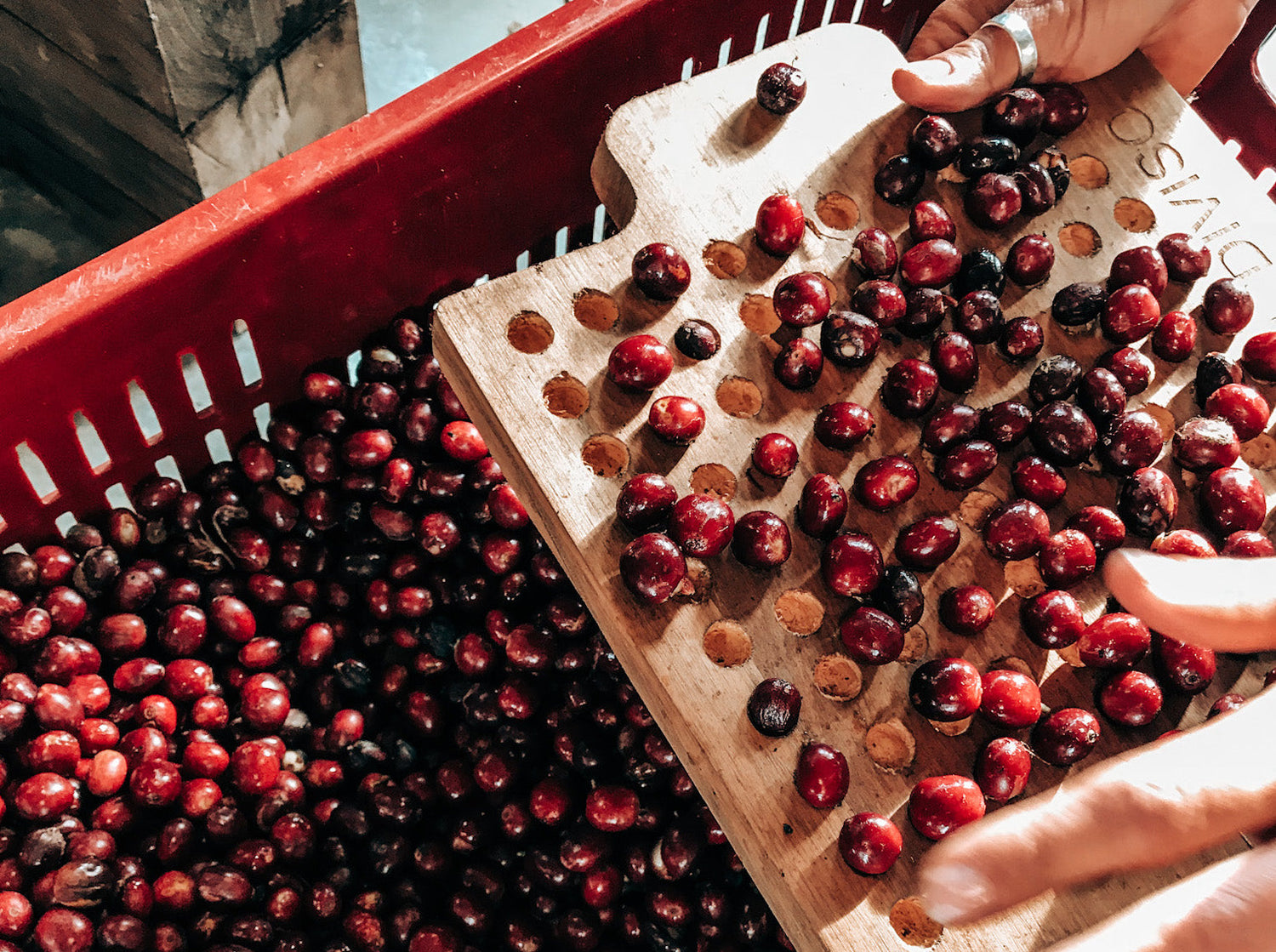
Colombia Green Coffee Beans
Explore Colombian green coffee beans at Green Coffee Collective, where exceptional quality meets versatility. Whether you need wholesale quantities or smaller sizes perfect for sampling, our sustainably sourced beans deliver bright acidity, smooth body, and rich flavours. Elevate your roasting with the finest Colombian coffee!
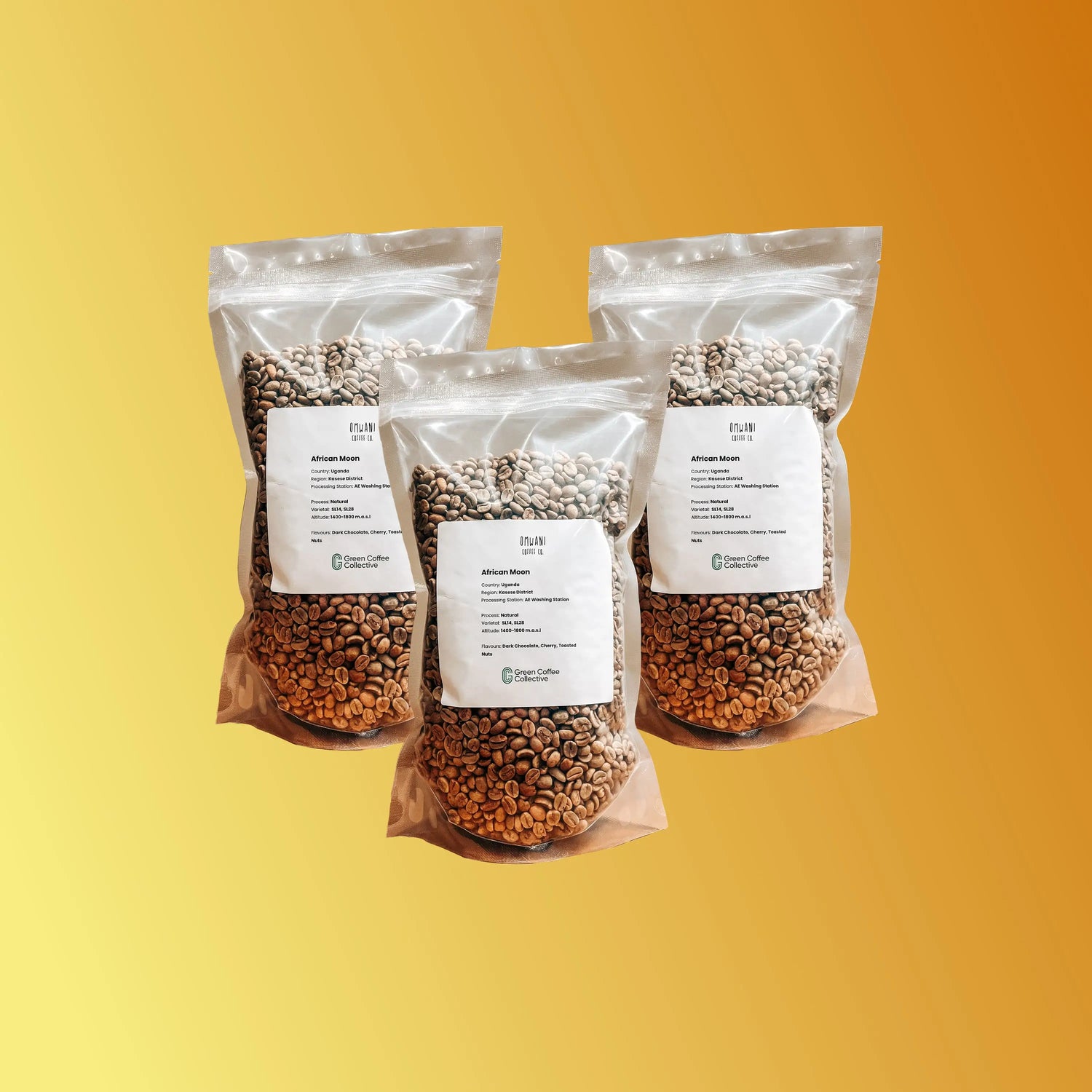
Your guide to Colombia Green Coffee Beans
-
What is special about Colombian coffee?
-
Why Does Colombia offer year-round coffee exports?
-
Our relationship with Colombia and its coffee producers
-
How we work with Colombian producers to ensure sustainability and quality improvements
-
Colombia Green Coffee Beans – A Roaster’s Gold Standard
-
Why Colombia Green Coffee Beans Are Famous
-
Why Roasters Love Colombian Green Coffee Beans
-
Flavor Profile & Cupping Notes
-
Coffee-Growing Regions of Colombia
-
Varietals & Species
-
Harvest Seasons & Availability
-
Processing Methods in Colombia
-
Notable Varieties of Colombia Green Coffee Beans
-
Usage & Versatility of Colombian Green Coffee Beans
-
Best Brewing Methods for Colombia Green Coffee Beans
-
Quality Standards for Green Coffee Beans in Colombia
-
Sourcing & Traceability
-
Buy 100% High-Quality Colombia Green Coffee Beans

